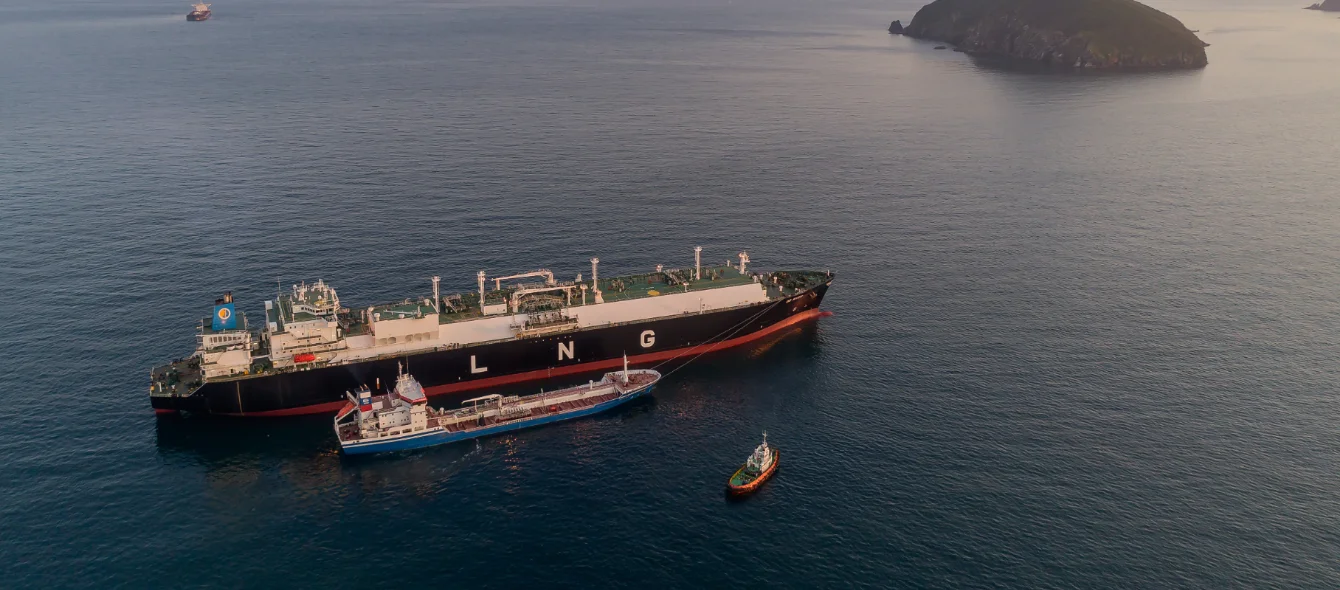From rock-bottom lows during the height of the Covid-19 pandemic last year, natural gas prices have soared to unprecedented levels ahead of Winter 2021/22, leaving residential consumers across Europe facing heating and electricity bills many can ill afford.
In the UK, the problem has been exacerbated by unexpected power plant outages and a fire on the IFA-1 UK-France electricity interconnector, which has curbed the UK’s ability to import power at a time when wind levels are low. As a result, coal-fired generation has been restarted, despite the adverse environmental consequences.
But the problem is by no means confined to the UK. Prices on continental Europe’s most liquid gas hub, the Dutch TTF, are at very high levels and coal-fired generation across Europe is being priced back into the generation mix.
So what’s going on?
Last year, renewable energy generation met its highest ever proportion of European electricity demand, owing to a combination of increased capacity and low demand.
This allowed coal-fired generation to be reduced to a bare minimum in the UK and to a historic low across the EU, substantially reducing greenhouse gas (GHG) emissions. Gas-fired generation also fell year-on-year in both the UK and EU.
This year, electricity and gas demand have recovered and wind generation, in particular, has been relatively low, which has pushed gas-fired power plant back to the forefront of the generation mix across Europe.
Gas crunch
Europe gets its gas from three sources: domestic production, pipeline imports and as Liquified Natural Gas (LNG), which arrives by ship.
Domestic production is in long-term decline and has recently suffered an extra blow as a result of reduced output from the giant Groningen gas field in the Netherlands. This means a higher dependence on gas imports, even if European demand for gas remains relatively stable.
LNG
Demand for LNG is high globally, owing to economic recovery in Asia and many countries’ desire to replace coal use with lower carbon gas. China, in particular, has in recent years instituted a major coal-to-gas switching programme, which should this year make it the largest buyer of LNG worldwide, overtaking Japan. This will help the country reduce the carbon intensity of its economy, a crucial element in the global fight to address climate change.
In addition, other big LNG users like South Korea and Japan do not have gas import pipelines, making their demand for LNG relatively inflexible, although they can increase coal and oil use. Overall, despite a rise in LNG capacity worldwide, particularly in the US, the bulk of available LNG is heading to Asia, where buyers are offering record prices for this time of year.
Pipeline gas
Europe’s main pipeline gas providers are Norway, Russia, Algeria, Libya and most recently Azerbaijan via the recently completed Trans-Adriatic Pipeline, which brings gas into south Italy. Russian gas pipeline capacity, in particular, is large, owing the construction of new subsea pipelines to Germany and Turkey. But having excess pipeline capacity is not the same as excess supply.
According to a paper published in September by the Oxford Institute for Energy Studies, Russian gas exports to Europe in the first half of the year exceeded previous highs, suggesting Russia may be operating on the edge of its capacity. Meanwhile, Norway has promised to boost gas exports to Europe from October 1.
But the fact is global demand for gas is outstripping supply, pushing prices up.
Energy transition
Another big change in Europe has been the steady closure of coal-fired generation plant. The UK, for example, wants to phase out all coal-fired generation by 2024 and many other European countries have similar ambitions. The aim is to reduce GHG emissions, but post-2024, the UK will not be able to fall back on coal plant to address a sharp rise in the cost of gas.
Like gas, coal is not currently cheap; coal and carbon allowance prices under the EU Emissions Trading System are at record levels. The cheapest generation today is renewables because they have no fuel cost; their operation is not dependent on imports and they are not affected by swings in international fuel prices. Renewables are a genuinely cheap, clean, homegrown resource.
Security of supply and the energy transition
Addressing the climate crisis and system security post-2024 both depend on more renewable energy capacity, which while variable, provides more baseload generation as more capacity is built. This baseload contribution is enhanced by geographical diversity and a mix of renewable energy technologies with overlapping patterns of variability.
Offshore wind, which the International Energy Agency has called a ‘baseload generator’, is particularly useful, owing to its high and rising capacity factors. However, it is also clear that the expansion of the power grids must be driven forward if the energy transition and the use of green electricity are to be a success.
System flexibility will also play a major role – for example storage, whether batteries, pumped hydro or hydrogen, and mechanisms such as demand-side management. And, despite its high price now, natural gas will remain critical to supply security, at least over the next decade. But for environmental reasons, its role needs to return to that of peaking plant (as in 2020) rather than being the price-setting mainstay of the electricity system (as in 2021).
Ambitious UK and EU targets for renewables set the bar high and the rate of construction needs to accelerate, as the Global Wind Energy Council argued in a recent report on offshore wind. This analysis pinpointed streamlining permitting and a strong policy framework as key factors in raising the rate of renewable energy deployment.
